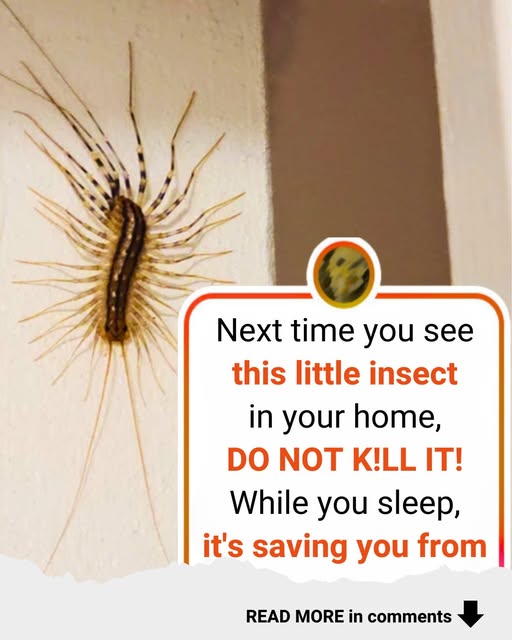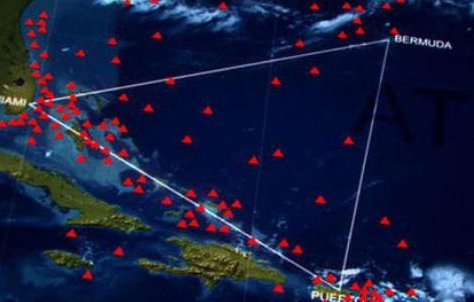Terrifying Orca Recording Imitating Human Speech Stuns and Freaks People Out
Orcas may join parrots and the other animals who can imitate human speech. A study examined a captive orca who is able to mimic human sounds and words. Listeners may find the voice eerie but some of the phrases are unmistakable. Not only that, the researchers believe that this mimicry can explain why killer whale pods have different dialects. The real question is: Does the orca understand the words she’s saying?
Meet Wikie
Wikie the orca in her home in Marineland Aquarium in France
Photos by Marineland Antibes (provided by Sara Farrell)
The study is based on a killer whale called Wikie, who lives in Marineland Aquarium in Antibes, France. She is capable of sounds like “hello,” “Amy,” and blowing raspberries. What’s remarkable is that Wikie is capable of mimicking her trainer’s words with little to no practice. Sometimes she succeeds on her first try.
Imitating orcas
Wikie is capable of repeating human words and sounds
Photos by Inherently Wild (provided by Marion)
Mimicry is a known part of the species’ abilities. Orcas copy the movements of their kin, and some reports suggest they imitate the noises of sea lions and bottlenose dolphins.
“We wanted to see how flexible a killer whale can be in copying sounds,” said Josep Call, professor at the University of St. Andrews and a co-author of the study, to the Guardian. “We thought what would be really convincing is to present them with something that is not in their repertoire — and in this case ‘hello’ [is] not what a killer whale would say.”
Trained to copy
Wikie and her then-newborn calf, Moana
Photos by Marineland Antibes
The study was published in the journal Proceedings of the Royal Society B: Biological Sciences, and the authors came from the UK, Chile, Spain, and Germany. Together, they researched 14-year-old Wikie. She has undergone past training to copy another killer whale’s movements when instructed by her trainer. The researchers used the same gesture to signal her to “copy” three sounds made by Moana, her three-year-old calf.
Teaching Wikie new sounds
Wikie during a show, waiting for her trainer’s instructions
Photos by Inherently Wild) (provided by Robin Alex Schäfer)
The researchers then exposed Wikie to five unique orca sounds she was unfamiliar with, including some that were akin to a creaky door and “blowing a raspberry”. Lastly, they had her listen to a human making orca noises, in addition to words like “hello,” “bye bye,” “one, two,” and “Amy”. These sounds were chosen deliberately.
“You cannot pick a word that is very complicated because then I think you are asking too much,” said Call. “We wanted things that were short but were also distinctive.”
Copying orca and human noises
As an orca, Wikie lacks the biology humans use to speak
Photo by Inherently Wild (provided by Mélanie Fauchier)
Wikie’s replies were judged by her two trainers. After that, six researchers confirmed the recordings, without knowing which ones they are, and matched them to the original word or sound. Doing so, the authors noted that Wikie was quick to copy noises from orcas and humans over the course of 17 trials.
“That is what makes it even more impressive. Even though the morphology [of orcas] is so different, they can still produce a sound that comes close to what another species, in this case us, can produce,” said Call. Recordings of Wikie’s mimicry have been posted on YouTube.
A demonstration of orca vocal imitation
Wild Orcas Whales pod in open water in blue ocean
Source: Shutterstock
Even more remarkable, Wikie accurately mimicked the human making orca sounds on her first try. She also correctly sounded two human utterances on her first attempt. All of her noises were made with her head out of the water.
“I think here we have the first evidence that killer whales may be learning sounds by vocal imitation, and this is something that could be the basis of the dialects we observe in the wild; it is plausible,” said Call. However, further studies on wild orcas will need to prove this theory.
Some caveats
Killer Whale – (Orcinus Orca)
Source: Shutterstock
However, don’t mistake mimicry for speaking. Call denounced the idea that Wikie is “speaking English”. As he explained, “We have no evidence that they understand what their ‘hello’ stands for.”
Dr. Irene Pepperberg, an expert in parrot cognition at Harvard University, calls the research “exciting” but pointed out an important caveat. “A stronger test would have been whether the various sounds produced could be correctly classified by humans without the models present for comparison,” she said.
Other animal mimics
Pair of big Scarlet Macaws, Ara macao, two birds sitting on the branch, Brazil. Wildlife love scene from tropical forest nature. Two beautiful parrots in green habitat.
Source: Shutterstock
Wikie is far from the first animal who imitated human speech. Parrots typically come to mind, but elephants, dolphins, beluga whales, and orangutans have been recorded making human sounds, according to National Geographic. What’s fascinating is how each one achieves this. Without human vocal cords, Noc, the beluga whale used his nasal cavities. Koshik the elephant put his trunk in his mouth to sound out “hello,” “no,” and “sit down” in Korean. Without the elements of human anatomy that allow speech, it’s surprising what these animals can imitate. Listen to killer whales mimicking human voices.






